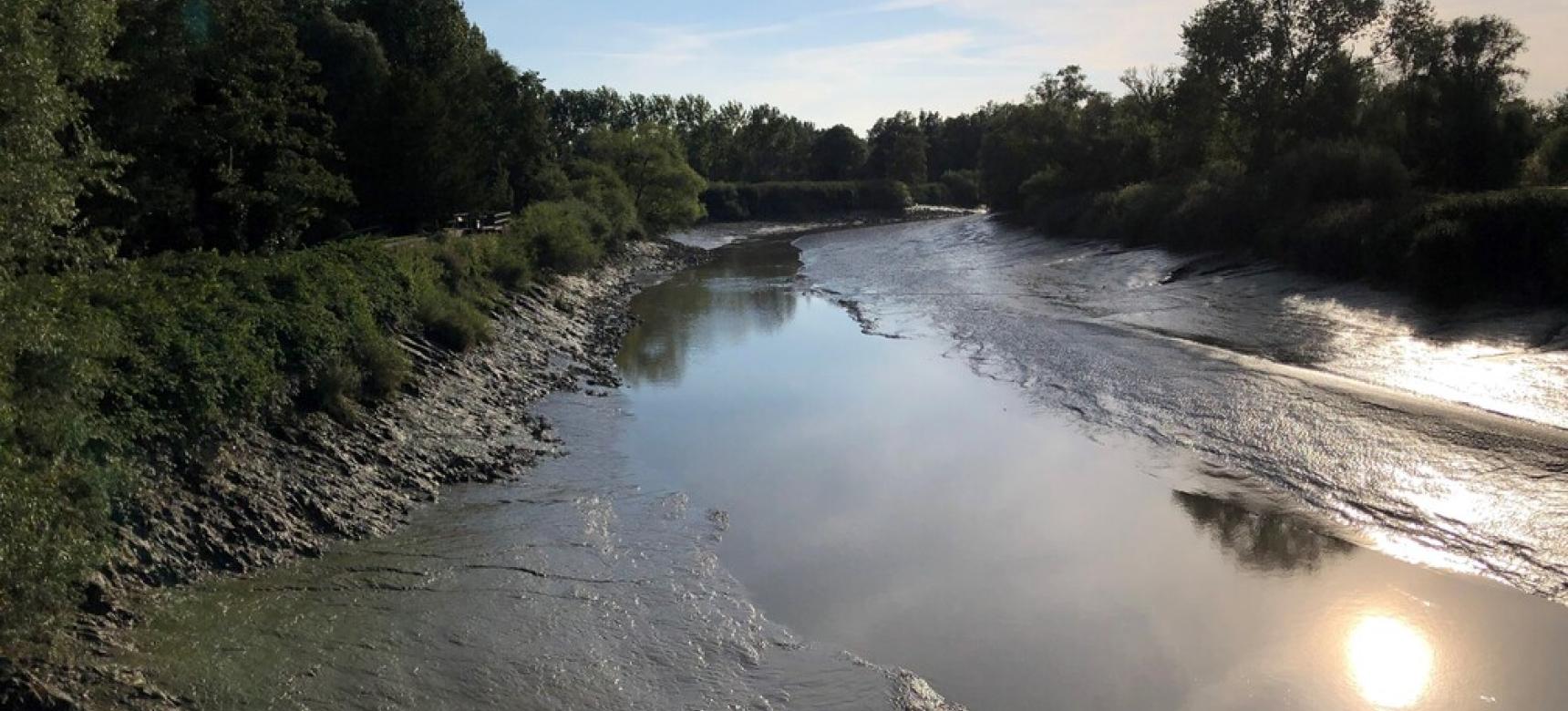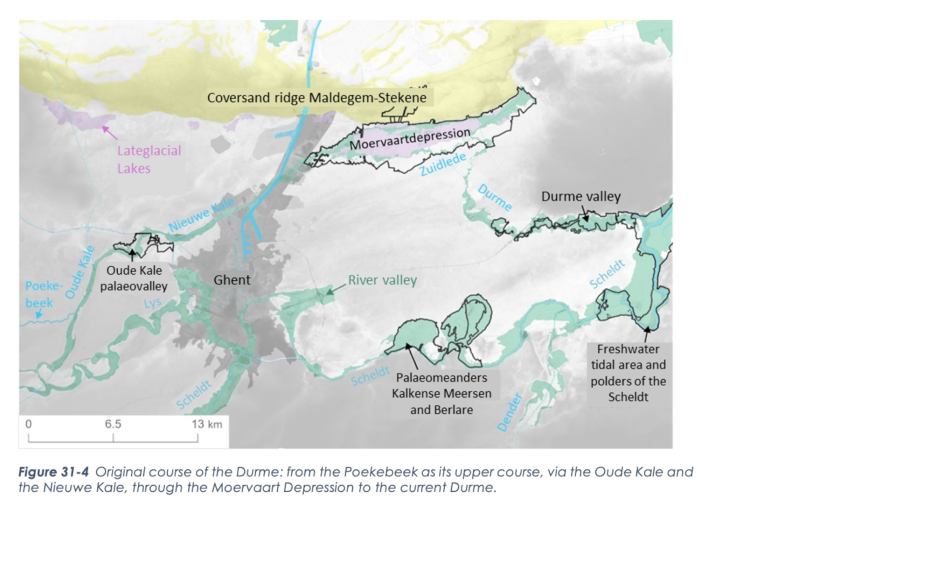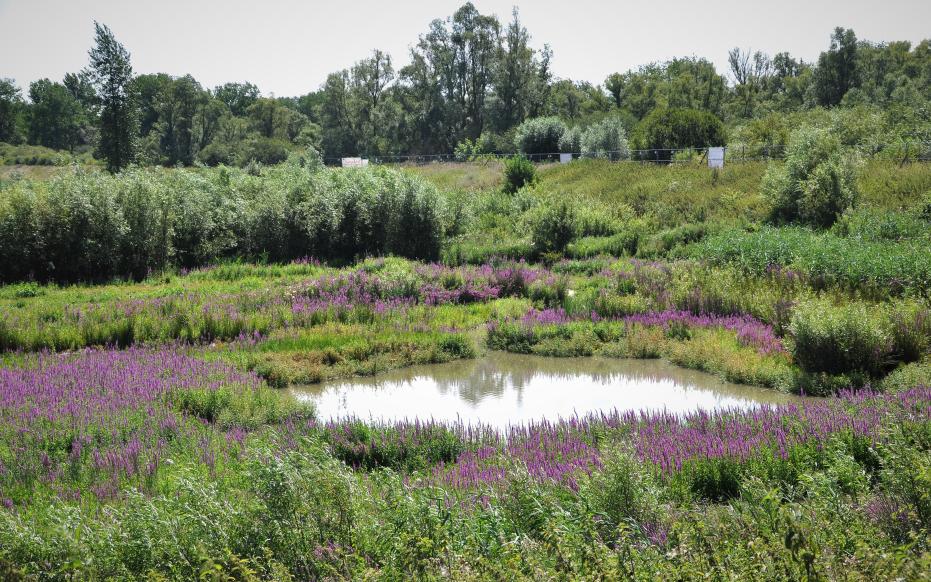Origin of the landscape
During the Pleistocene, the precursors of today's rivers of the Scheldt Basin met in the Flemish Valley. At the end of the last ice age, this valley was dammed by the Maldegem-Stekene cover sand ridge and formed the present course of the Scheldt. Lakes and a meandering river formed at the foot of the cover sand ridge during the warmer phases, which drained the lake in the Moervaart depression. Around 12,850 years ago, the Moervaart depression dried out and the meander channels became filled with sediment and peat. These meanders are no more, but are recovered as bands of peat under the Durme Valley clay cover. During the Late Holocene, the discharge of water and sediment increased again due to increasing agriculture and associated erosion. A new meandering system developed, with much smaller dimensions than its Late Glacial predecessor. This river broadly corresponded to the current course of the Durme.




